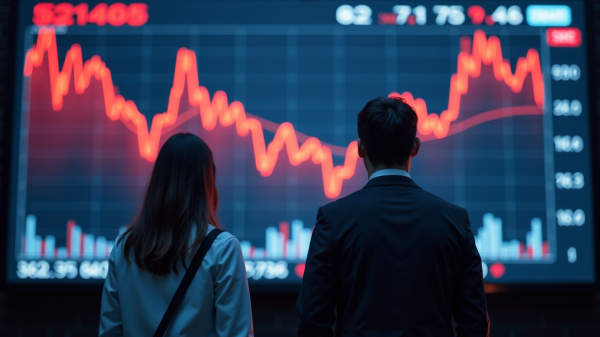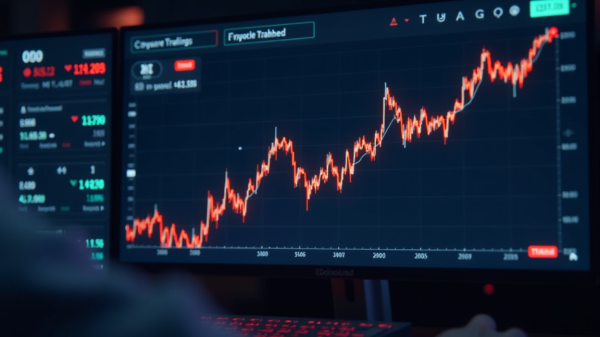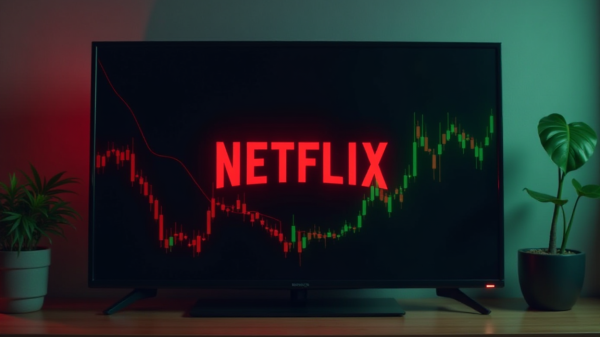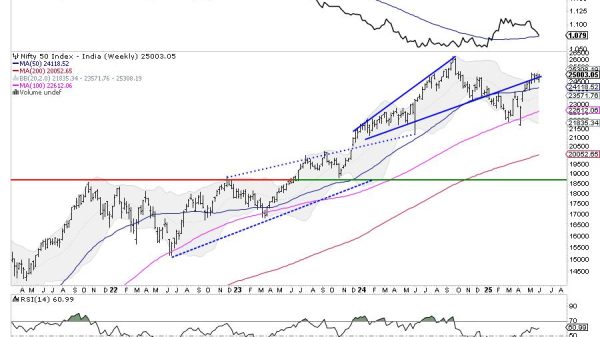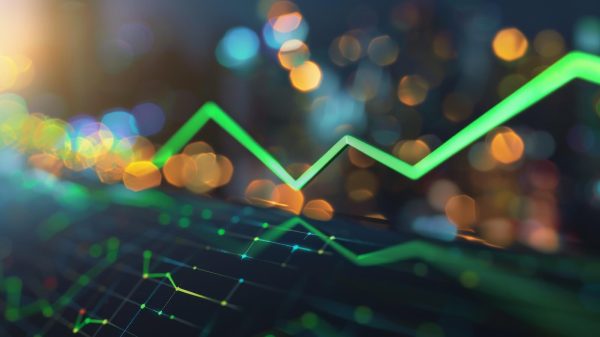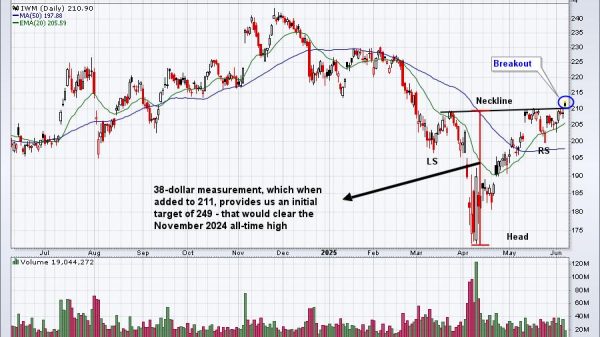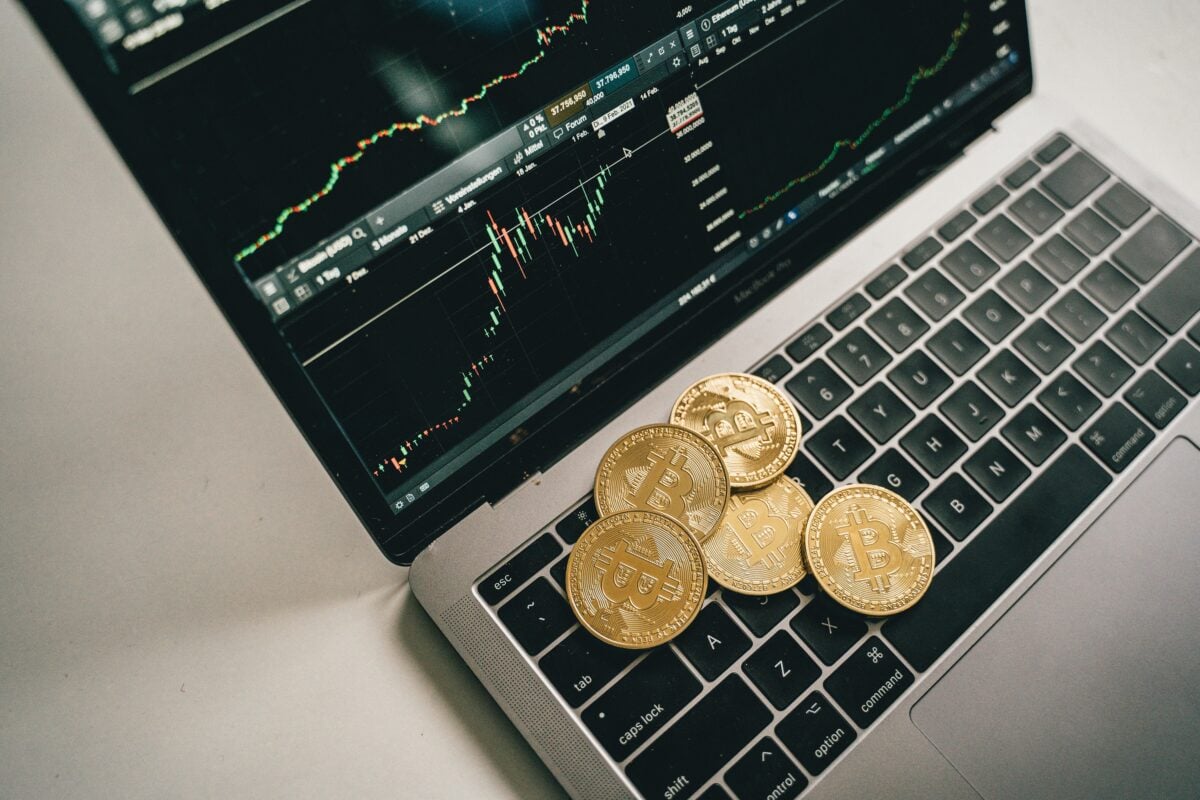Building a Stable Automated Trading Strategy Amid Market Instability
In the fast-paced world of financial markets, the ability to adapt and thrive amidst market instability is paramount for traders and investors. Automated trading strategies, driven by algorithms and cutting-edge technology, have gained immense popularity recently for their potential to navigate turbulent markets.
This article will delve into the strategies and principles required to build a stable automated trading strategy that can weather the storms of market volatility.
Understanding Market Instability
Before we delve into the details of building a stable automated trading strategy, it’s crucial to comprehend the concept of market instability. Market instability refers to periods of heightened price volatility and uncertainty. Various factors, including economic events, geopolitical tensions or sudden news developments, can trigger these fluctuations.
Traditional trading methods may become less effective during such periods and emotions can cloud judgment, leading to impulsive decisions. This is where automated trading systems shine and where trading bots do the extra work, as they can execute predefined strategies quickly and precisely, free from emotional biases.
Data Analysis: The Backbone of Stability
A stable automated trading strategy begins with robust data analysis. Historical data, market indicators and real-time information are the backbone of your system. Comprehensive data analysis allows traders to identify patterns, correlations and trends to exploit for profit.
Data Sources
Choose reliable data sources that provide accurate and up-to-date market information. Market data feeds, economic calendars and news services are essential for staying informed about market events and developments.
Data Pre-processing
Data pre-processing involves cleaning and organizing the data to remove outliers and errors. This step is essential to assure the precision and reliability of your trading strategy.
Statistical Analysis
Perform in-depth statistical analysis to uncover patterns and relationships in the data. Tools such as moving averages, standard deviation and correlation analysis can provide valuable insights into market behavior.
Strategy Development and Testing
Once you have a solid data foundation, developing and testing your trading strategy is time. This phase is where creativity and innovation meet rigorous analysis.
Algorithm Design
Design an algorithm that defines your trading rules, including entrance and exit points, risk management and position sizing. Consider incorporating machine learning techniques to adapt to changing market conditions.
Backtesting
Backtesting involves applying your trading strategy to historical data to assess its performance. This step helps you identify strengths and weaknesses in your system and refine it accordingly.
Stress Testing
Stress testing simulates extreme market conditions to evaluate your strategy’s performance during extreme volatility or unexpected events. This is essential for gauging the resilience of your system.
Risk Management
Managing risk is a cornerstone of stability in automated trading. Even the most well-designed strategy can lead to significant losses without proper risk management.
Position Sizing
Deciding the suitable position size for each trade based on your risk toleration and account size is important. Avoid over-leveraging, as it can lead to catastrophic losses.
Stop-Loss and Take-Profit Orders
Implement stop-loss and take-profit orders to limit potential losses and lock in profits. These orders ensure that your strategy has predefined exit points.
Diversification
Diversify your trading portfolio by including a variety of assets and strategies. This reduces the impact of adverse movements in a single market or instrument.
Real-Time Monitoring and Adaptation
Market instability can strike anytime, requiring your automated trading strategy to adapt swiftly.
Monitoring ToolsUtilize real-time monitoring tools and alerts to closely monitor your strategy’s performance closely. Be prepared to intervene if necessary.
Adaptive AlgorithmsConsider using adaptive algorithms that adjust trading parameters in response to changing market conditions. This flexibility can help your strategy stay effective in turbulent times.
Psychological Discipline
While automated trading systems eliminate emotional trading, human oversight is essential for maintaining discipline and making strategic decisions.
Even with automated systems, traders must maintain emotional resilience. Market volatility can be mentally taxing and discipline is crucial to avoid impulsive actions.
Continuous Learning and Improvement
Building a stable automated trading strategy is not a one-time task; it’s an ongoing process of learning and refinement.
Performance AnalysisRegularly analyze the performance of your strategy and identify areas for improvement. This may involve tweaking algorithms or updating risk management protocols.
Stay InformedStay informed about market developments and technological advancements. The financial landscape constantly evolves and staying ahead of the curve is essential.
Market Liquidity
Market liquidity is a crucial aspect often overlooked when building automated trading strategies. Liquidity refers to how smoothly an asset can be purchased or traded without significantly affecting its price. Large positions can be executed in highly liquid markets with minimal price impact, whereas in illiquid markets, large trades can cause substantial price fluctuations.
When designing your trading strategy, consider the liquidity of the assets you plan to trade. Highly liquid assets provide greater flexibility and ease of execution, while illiquid assets may require more cautious trading approaches. Monitoring liquidity dynamics in real time and adapting your strategy accordingly can help mitigate unexpected risks and enhance the stability of your automated trading system.
Final Note
A stable automated trading strategy is a valuable asset for traders and investors in a world where market instability is the norm rather than the exception. Traders can build systems that thrive amidst chaos by understanding market instability, conducting thorough data analysis, developing and testing strategies, implementing sound risk management practices and maintaining discipline. With the right approach and continuous improvement, you can increase your chances of navigating turbulent markets successfully.
The post Developing Stable Automated Trading in Volatile Markets appeared first on FinanceBrokerage.

